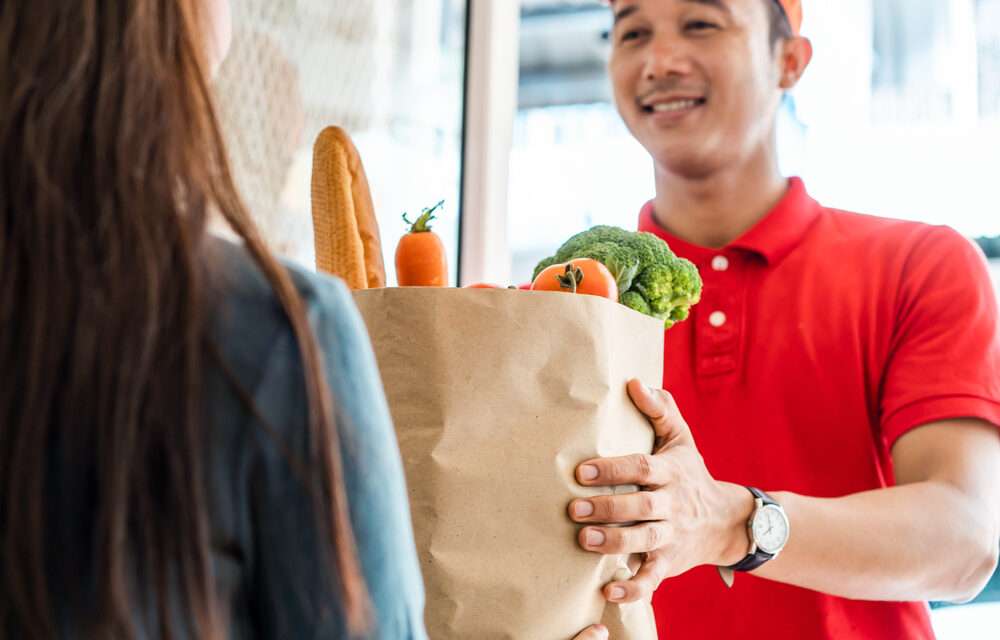By Timothy Inklebarger
Source: www.winsightgrocerybusiness.com, July 2023
Despite increased spending and a marginal return to delivery services, online grocery sales continue to decline.
The Grocery Doppio “State of Digital Grocery Performance Scorecard for H1 2023” report included analysis of 1.9 million shopper orders and surveys of 32,721 shoppers and 3,148 U.S. grocery executives over the first half of 2023.
The report showed that delivery of online orders ticked up slightly in the second quarter, accounting for 49.1% of online orders fulfilled. That’s up from 48.5% in the first quarter, “reversing a trend towards store pickup amidst record high temperatures,” the report noted.
Home delivery was still, by far, the most popular method for online orders from small grocers, capturing two-thirds of all orders at 66.7% of online orders. Fewer than half of all orders (48.6%) at large grocery stores were fulfilled via delivery, the report added.
The willingness to pay extra for the delivery follows with another trend from the report, with 59% of shoppers surveyed believing it’s unnecessary to cut their spending for the remainder of 2023. In fact, nearly one out of every five (18%) survey respondents said they plan to increase their spending on groceries for the rest of the year.
Despite increased spending and a marginal return to delivery services, online grocery sales continue to decline. Grocery spending in all categories was up nearly 5% in Q2 from the previous quarter, but digital grocery sales continued its downward trend, dipping 1.4% quarter over quarter to $29.5 billion.
The report had bad news for third-party grocery providers as well, showing that sales in the category experienced a quarterly decline of 5.6% to $5.1 billion.
“Consumers appear to have adjusted to inflation,” said Gaurav Pant, chief insights officer of both Incisiv and Grocery Doppio, in a statement.
Charlie Kaplan, chief revenue officer of Wynshop, described the changes in digital grocery as a sign that the category has reached “a new level of maturity.”
“As shoppers continue to demonstrate their preference to buy direct, grocers have clear opportunities to satisfy shoppers’ fulfillment preferences, run digital holiday promotions and otherwise personalize the customer journey,” he said.

